
Population of Dubai in 2026 - Demographics & Statistics
Published :
Last Updated :

Published :
Last Updated :
In the centre of the constantly shifting terrain of the area, Dubai stands out as a beacon of prosperity and development. The flood of foreign labourers and investors throughout 2025 led to a large growth in the emirate's population. This increase, which is greater than the growth rates from the prior year, shows Dubai's continued allure as a major centre for banking, trade and tourism.
Dubai has experienced significant expansion throughout the years. Its population has reached 3.95 million as per the reports of June 2025, has grown from 20,000 in 1950 to a lively metropolitan agglomeration.
The economic trend of Dubai has been significantly accelerated by its dynamic economy, which is powered by a wide range of sectors including Tourism, Hospitality, Logistics, Growth in Dubai Real Estate Sector, Financial Services, Technology, Manufacturing Healthcare and Education. Its population of more than 3.95 million in 2025 attested to its appeal as a hub for travel and business.
The urban limits of Dubai cover an area of about 35 square kilometres, whereas the metropolitan area of Dubai covers 4,114 square kilometres of territory. The population density of this large metro area is approximately 110,000 people per square kilometre. This shows a concentration of people residing in the city's larger metropolitan area which includes the surrounding suburban and rural areas in addition to the city's central urban core. Dubai's comparatively high population density, given the size of its metropolitan area, is indicative of its prominence as a major urban centre and economic hub in the United Arab Emirates.

With an estimated 3.68 million in 2026 , Dubai is the most populated emirate in the United Arab Emirates (UAE) with an estimated 1,618,740 living in Abu Dhabi, which is a larger emirate. Native residents make up only 7.98% of Dubai's population; the other 92.02% are ex-pats, most of whom are Asian, with the majority coming from Bangladesh (7.38%), Pakistan (16.72%), India (37.96%), and the Philippines (6.89%). While British expatriates make up the largest group of Western expats, Somalis also make up a sizable section of the population.
The proportion of men to women is lopsided, with men making up roughly 68.6% of the population. Dubai's official religion is Islam, however, the emirate welcomes religious diversity, with minorities practising Buddhism, Christianity, Hinduism, and Sikhism. The official language is Arabic, but Hindi, Urdu, Bengali, Tamil, Tagalog, Persian, and Chinese are all commonly spoken, in addition to English.
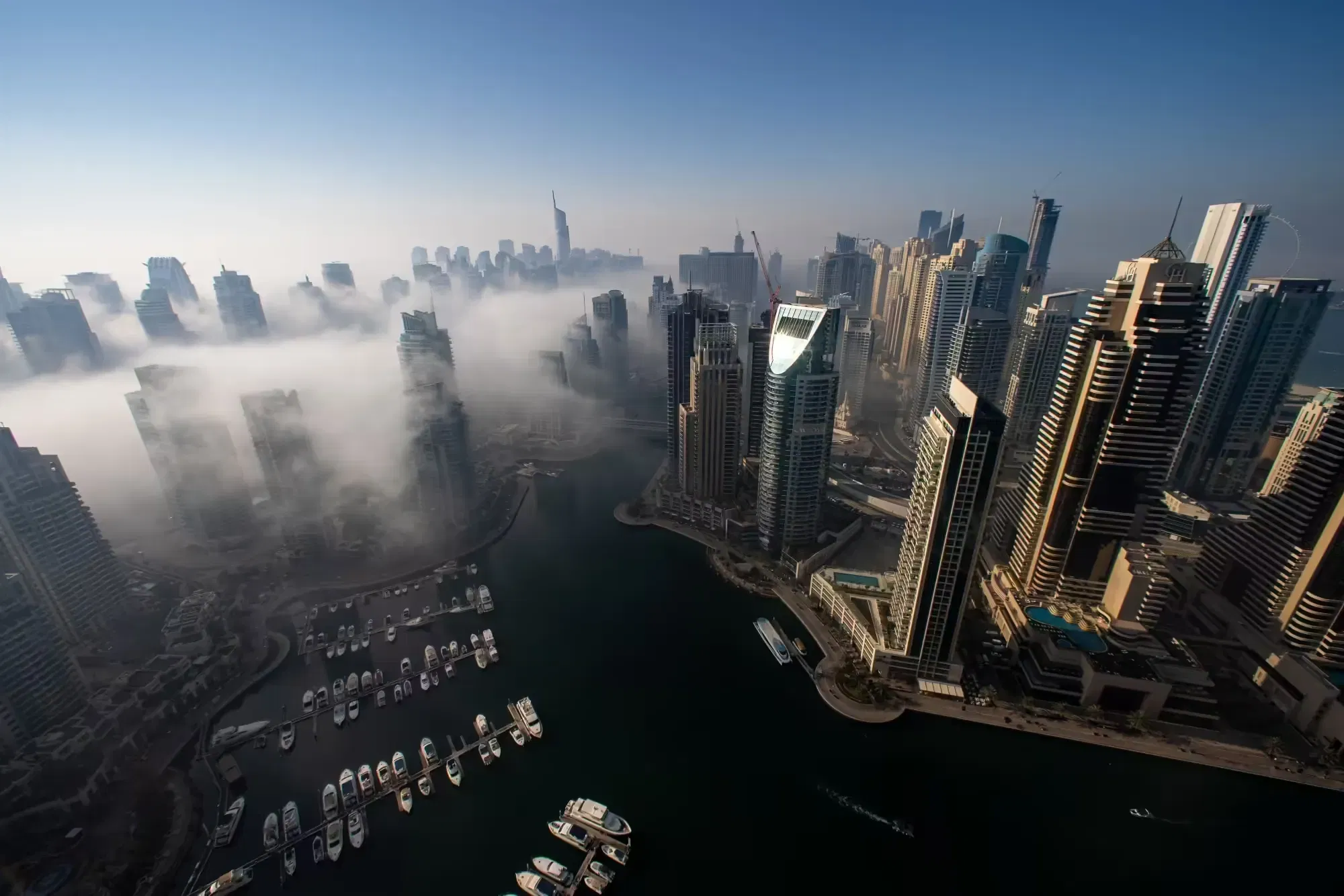
The introduction of the golden and silver visas, which have seen a spike in interest from high-net-worth individuals globally, has been the main factor driving population development in Dubai. Silver visas have become more reasonably priced, making them attractive to companies moving to the UAE, while golden visas are now available to real estate investors with properties worth more than AED 2 million.
The demand for consumer items and rental houses has surged as a result of this influx. The UAE Central Bank predicts that 2026 inflation will be 1.8% and 2027 inflation may trend around 1.90%, which is still below the average for the world, while the country's GDP will grow by 4.5% in 2026 due to rising population and spending.
There are many different nationalities in the population, but Indians make up the largest group with 37.96%. They are followed in size by Pakistanis 16.72%, Bangladeshis 7%, and Filipinos 6.89%. Around 4.72% and 4.23% of the population come from Iranians and Egyptians, respectively. Chinese and other ethnic groups account for 2.16% of the population, followed by Sri Lankans and Nepalese 3.15%respectively.
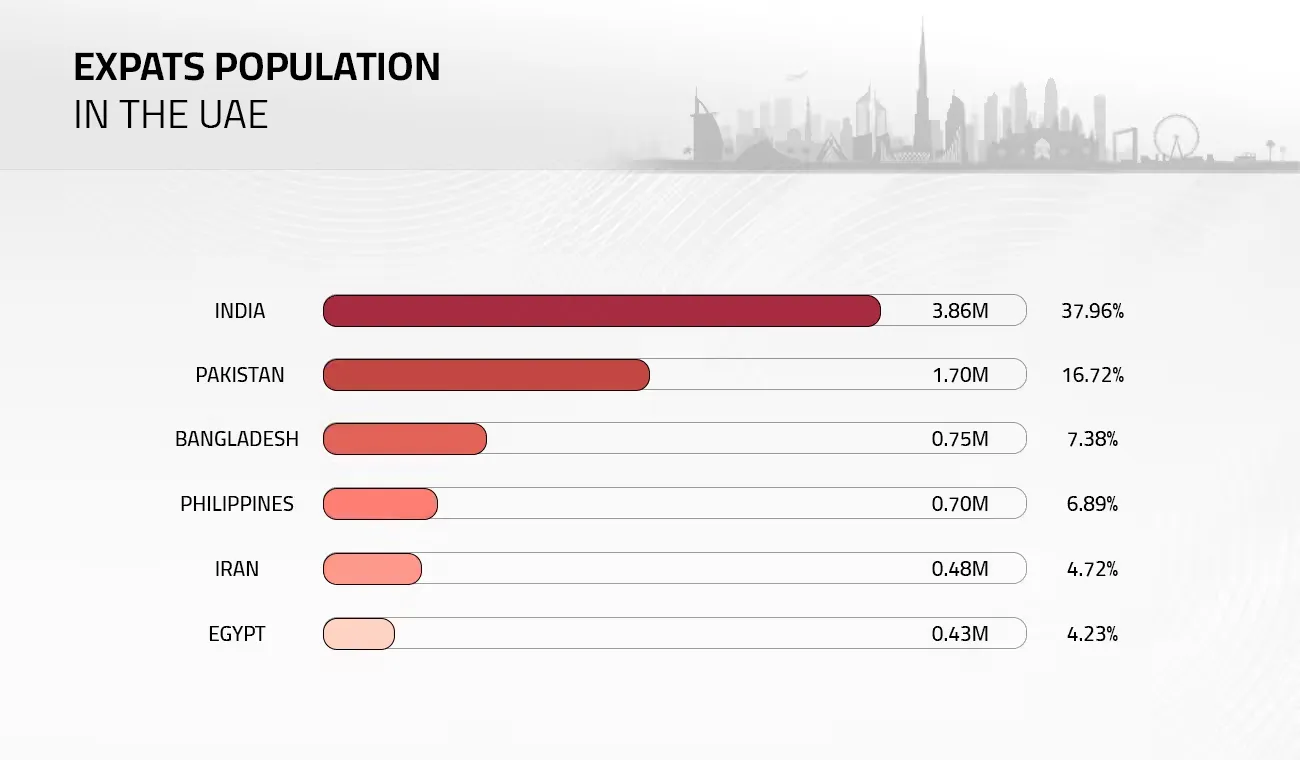
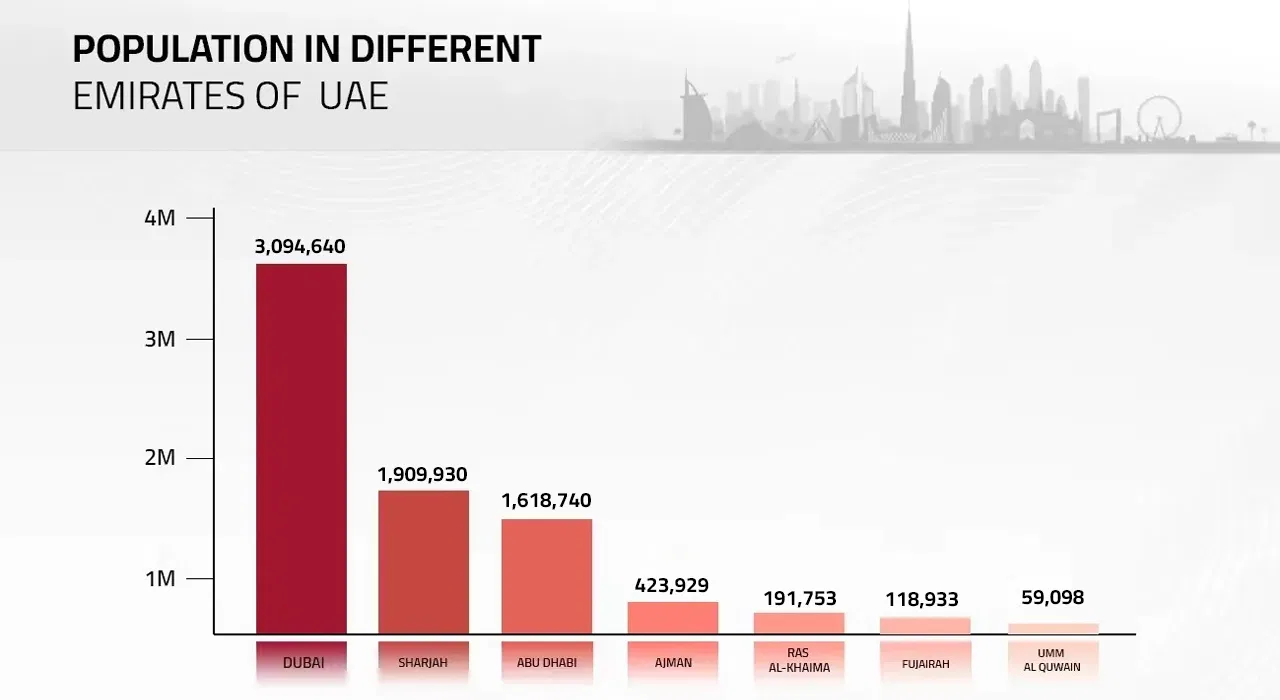
Foreigners make up 88.50% of the population in the United Arab Emirates, compared to 11.50% of Emiratis. In response, programmes such as the Dubai Social Agenda 33 seek to increase the number of Emirati families and provide employment possibilities in the private sector in order to stimulate population growth among Emiratis.
The United Arab Emirates (UAE) has gone through major changes in its demographics as of 2025. Its estimated total population is around 11.35 million, and expats account for about 88.5% of this number. Dubai continues to be the most populous emirate with an estimated 3.84 million residents.
The male-to-female ratio is around 2.2:1, which also comes from labor migration trends. The UAE government has introduced initiatives such as Dubai Social Agenda 33 to promote Emirati families and encourage more locals to work in the private sector to redress the demographic imbalance. However, many challenges remain. These efforts are in line with the UAE's continued emphasis on sustainable development and cultural preservation, as its cities adapt to rapid growth.
The UAE population is expected to trend around 11,574,682 in 2026.
An astonishing 88.5% of the people of the UAE are expatriates.
Within the UAE, programs like the "Emirati Family Growth Support Programme" have been implemented to both promote larger Emirati families and to maintain a homegrown national identity.
The population in the UAE is largely urbanized, with approximately 88.1% of its residents living in urban areas as of 2025.
The population density is of the order of 159.7 people per km².
Disclaimer:- Information provided here has been gathered from various reliable sources, but please be advised that there might be minor changes in population stats

Your gateway to offline planning in the digital realm. Discover a world of real estate opportunities through our immersive offline property website experience
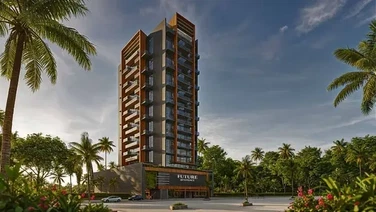
Apartments
AED 1,250,000
Meydan
1 & 2
645 - 1161 Sq Ft

Apartments
AED 2,100,000
Dubai Islands
1, 2 & 3
646 - 3576 Sq Ft

Apartments
AED 612,000
Jebel Ali
Studio, 1 & 2
336 - 1136 Sq Ft

Villas
AED Coming soon
Jumeirah Golf Estates
4, 5 & 6
6104 - 9178 Sq Ft

Apartments
AED 2,800,000
Dubai Islands
1, 2 & 3
645 - 1533 Sq Ft
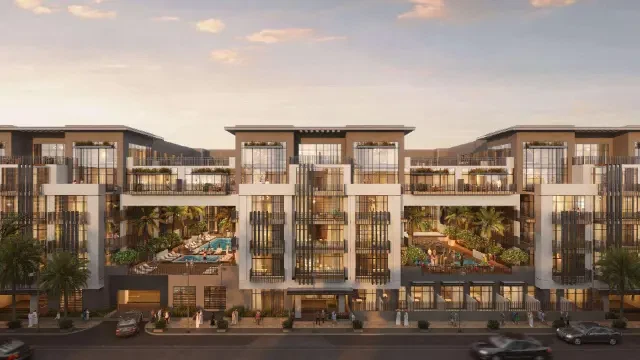
Apartments
Duplexes
Studios
AED 800,000
Jumeirah Village Circle
Studio, 1, 2 & 3
496 - 2,888 Sq Ft

Apartments
AED Coming soon
Dubai Islands

Apartments
AED 1,250,000
Meydan
1 & 2
645 - 1161 Sq Ft

Apartments
AED 2,100,000
Dubai Islands
1, 2 & 3
646 - 3576 Sq Ft

Apartments
AED 699,999
Majan
Studio, 1 & 2

Apartments
AED 612,000
Jebel Ali
Studio, 1 & 2
336 - 1136 Sq Ft

Apartments
AED 2,800,000
Dubai Islands
1, 2 & 3
645 - 1533 Sq Ft

Commercial
AED Coming soon
Business Bay

Apartments
Commercial
AED 1,900,000
Sheikh Zayed Road
1, 2 & 3
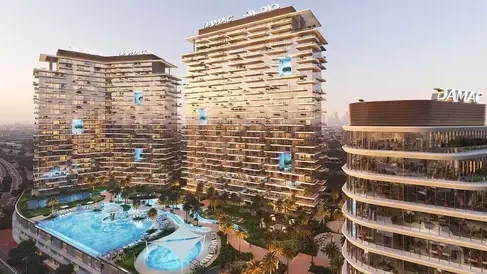
Apartments
Commercial
AED 1,142,000
Damac hills
1 & 2
740 - 6588 Sq Ft
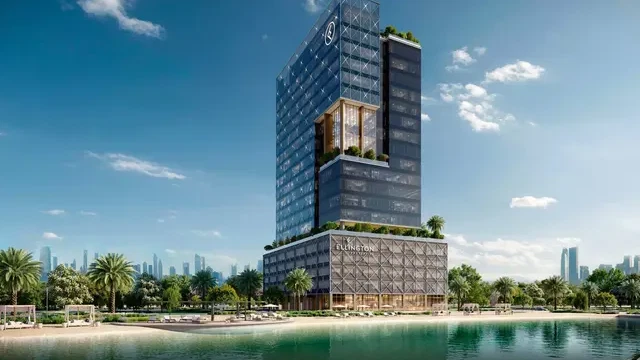
Commercial
AED Coming soon
Mohammed bin Rashid City

Apartments
Duplexes
Studios
AED 800,000
Jumeirah Village Circle
Studio, 1, 2 & 3
496 - 2,888 Sq Ft

Apartments
Duplexes
AED Coming soon
Dubai Islands
1, 2, 3 & 4
767 - 4,784 Sq Ft
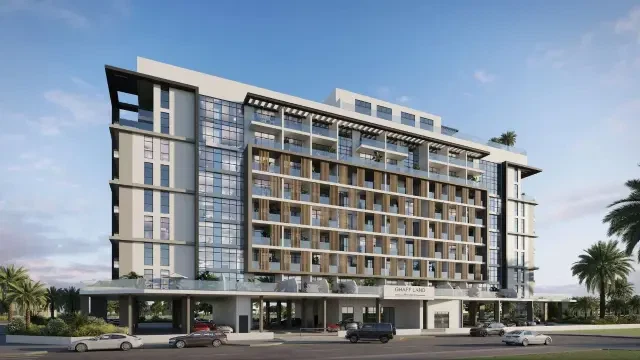
Apartments
Duplexes
AED 590,000
Dubai Studio City
Studio, 1 & 2
454 - 2,265 Sq Ft

Apartments
Duplexes
AED 555,400
Dubai Land Residence Complex
Studio, 1, 2 & 3
656 - 3,106 Sq Ft

Apartments
Duplexes
AED 2,200,000
Dubai Islands
1, 2, 3 & 4
1,132 - 4,464 Sq Ft

Apartments
Penthouses
Duplexes
AED 930,000
Dubailand
2 & 3
1,147 - 2,217 Sq Ft
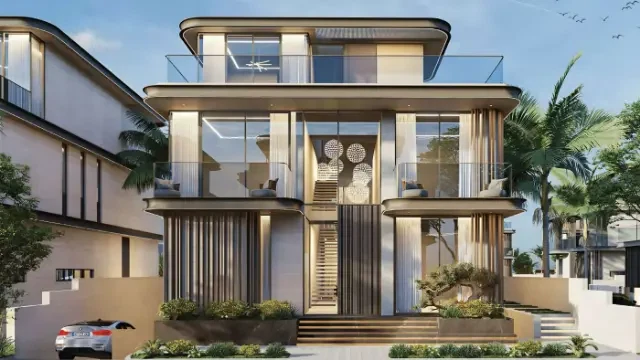
Villas
Mansions
AED 20,000,000
Mohammed bin Rashid City
5 & 6
13,007 - 13,568 Sq Ft
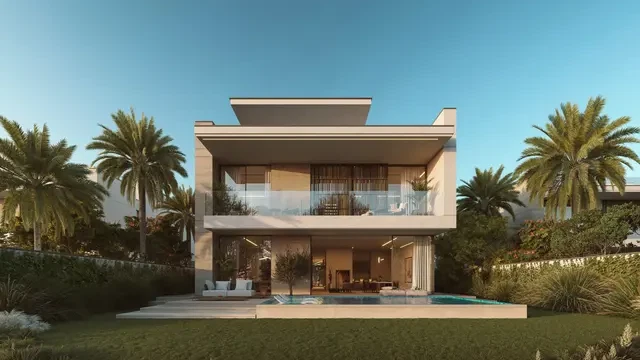
Villas
Mansions
AED 11,800,000
Jumeirah Golf Estates
4, 5 & 6
6069 - 10762 Sq Ft
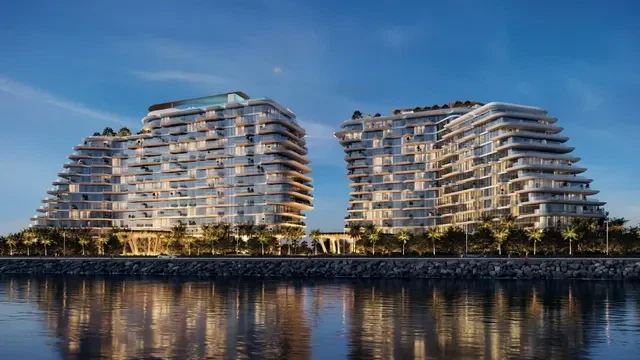
Apartments
Penthouses
Mansions
AED 5,500,000
Palm Jumeirah
1, 2, 3, 4, 5 & 6
940 - 11830 Sq Ft

Mansions
AED 65,000,000
Jumeirah
7
41550 - 49062 Sq Ft

Mansions
AED Coming soon
Tilal Al Ghaf
6 & 7

Mansions
AED Coming soon
Tilal Al Ghaf
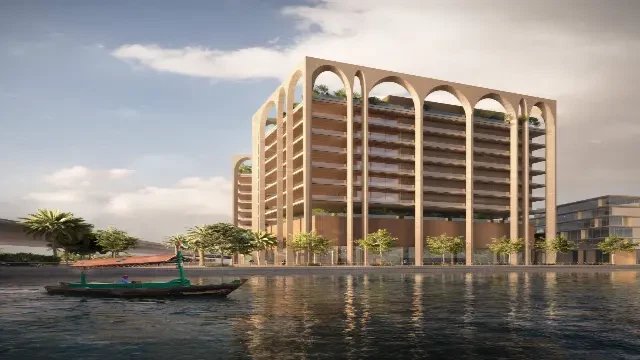
Apartments
Penthouses
AED 138,000,000
Jumeirah 2
2, 3 & 4
4,756 - 9,867 Sq Ft

Apartments
Penthouses
Duplexes
AED 930,000
Dubailand
2 & 3
1,147 - 2,217 Sq Ft
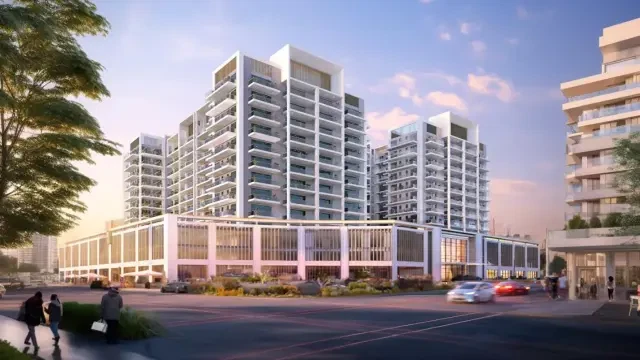
Apartments
Penthouses
Duplexes
AED 1,100,000
Al Furjan
1, 2, 3 & 4
706 - 3,199 Sq Ft
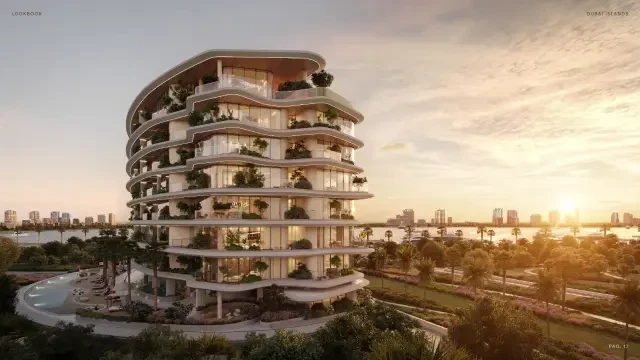
Apartments
Penthouses
AED 2,200,000
Dubai Islands
1, 2 & 3
825 - 5,610 Sq Ft

Apartments
Penthouses
AED 1,900,000
Dubai Islands
1, 2 & 3

Apartments
Penthouses
AED Coming soon
Dubai Maritime City
1, 2 & 3

Apartments
Duplexes
Studios
AED 800,000
Jumeirah Village Circle
Studio, 1, 2 & 3
496 - 2,888 Sq Ft

Apartments
Studios
AED 930,000
Dubai Land Residence Complex
Studio, 1 & 2
455 - 4,558 Sq Ft
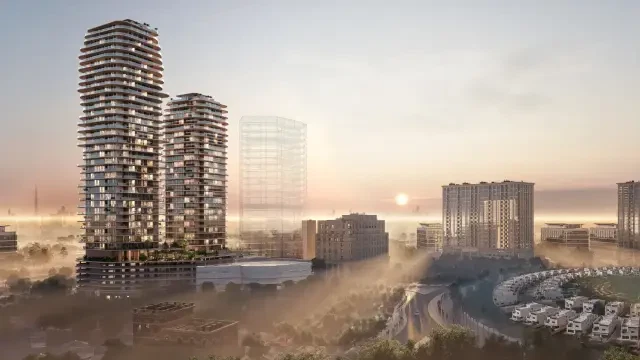
Apartments
Studios
Duplexes
AED 699,000
Jumeirah Village Circle
Studio, 1, 2, & 3
421 - 3375 Sq Ft

Apartments
Villas
Studios
AED 725,000
Majan
Studio, 1, 2 & 3

Apartments
Studios
AED 640,000
Dubai Land Residence Complex
Studio, 1, 2 & 3
440 - 1670 Sq Ft
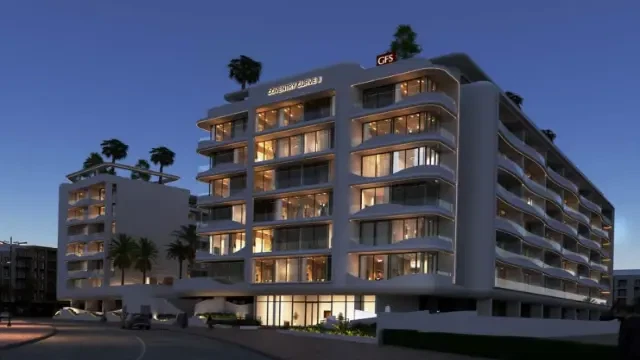
Apartments
Studios
AED 482,000
Dubai South
Studio & 1

Villas
Townhouses
AED Coming soon
Dubailand

Villas
Townhouses
AED 6,150,000
Nad Al Sheba
3, 4 & 5
3252 - 5650 Sq Ft

Apartments
Studios
Penthouses
Townhouses
Duplexes
AED 900,000
Wasl Gate
Studio, 1, 2, 3 & 4
523 - 4,455 Sq Ft

Villas
Townhouses
AED Coming soon
Dubai Investments Park

Townhouses
AED Coming soon
Damac Islands 2

Townhouses
AED Coming soon
Damac Islands 2

Villas
Townhouses
AED Coming soon
Dubailand

Villas
AED Coming soon
Jumeirah Golf Estates
4, 5 & 6
6104 - 9178 Sq Ft

Villas
AED Coming soon
The Heights Country Club & Wellness

Villas
AED 2,400,000
The Heights Country Club & Wellness
3, 4 & 5

Villas
AED 71,000,000
Meydan
5
25,000 Sq Ft

Apartments
Villas
Studios
AED 725,000
Majan
Studio, 1, 2 & 3
Subscribe to our Daily, Weekly and Monthly Newsletters, Expert Advice and Latest Launch with Zero Spam, Unsubscribe Anytime.